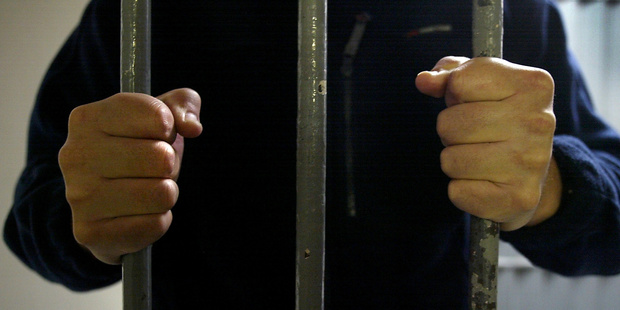Politics
Inmate Voluntary Segregation Rises 66% Amid Safety Concerns

Concerns regarding safety within correctional facilities have led to a significant rise in the number of inmates opting for voluntary segregation. According to data from the Corrections Department, the number of voluntary segregations increased by an alarming 66 percent, from nearly 7,300 in 2018 to over 12,000 in 2023.
This trend has been highlighted by Neil Beales, the Corrections Deputy Commissioner, who attributes the surge largely to the growing perception of gang activity within prisons. As the prison population continues to expand, inmates increasingly feel the need to separate themselves from potential threats posed by gang affiliations and violence.
The rise in voluntary segregation raises important questions about the conditions inside correctional facilities. With the prison population on the rise, the ability of institutions to ensure safety and manage inmate interactions is under scrutiny. Beales emphasized that the increasing number of inmates contributes to heightened concerns about safety, as overcrowding can exacerbate tensions and conflicts within the facilities.
In recent years, the perception of safety has shifted dramatically. Many inmates, feeling vulnerable to potential threats, are choosing to isolate themselves rather than risk confrontation or violence. This decision for voluntary segregation reflects a broader trend of inmates prioritizing personal safety over communal living.
The implications of this trend extend beyond individual inmates. The Corrections Department is faced with challenges in managing a growing number of segregated inmates while maintaining the overall safety and security of the prison environment. As facilities adapt to these changes, officials are tasked with ensuring that the needs of both segregated and non-segregated inmates are met.
The increasing reliance on voluntary segregation highlights the need for effective strategies to address the root causes of safety concerns within prisons. Addressing gang activity, improving inmate management, and creating a safer environment are critical components in reversing this trend.
As the situation evolves, further analysis and policy adjustments may be necessary to ensure that correctional facilities can provide a safe and rehabilitative environment for inmates. The significant increase in voluntary segregation is not just a reflection of individual choices but also a call to action for prison authorities to reassess how they manage inmate populations and address safety concerns.
-

 World2 weeks ago
World2 weeks agoPrivate Funeral Held for Dean Field and His Three Children
-

 Top Stories3 weeks ago
Top Stories3 weeks agoFuneral Planned for Field Siblings After Tragic House Fire
-

 Sports3 months ago
Sports3 months agoNetball New Zealand Stands Down Dame Noeline Taurua for Series
-

 Entertainment3 months ago
Entertainment3 months agoTributes Pour In for Lachlan Rofe, Reality Star, Dead at 47
-

 Entertainment2 months ago
Entertainment2 months agoNew ‘Maverick’ Chaser Joins Beat the Chasers Season Finale
-

 Sports3 months ago
Sports3 months agoSilver Ferns Legend Laura Langman Criticizes Team’s Attitude
-

 Sports1 month ago
Sports1 month agoEli Katoa Rushed to Hospital After Sideline Incident During Match
-

 Politics2 months ago
Politics2 months agoNetball NZ Calls for Respect Amid Dame Taurua’s Standoff
-

 World4 weeks ago
World4 weeks agoInvestigation Underway in Tragic Sanson House Fire Involving Family
-

 Top Stories3 weeks ago
Top Stories3 weeks agoShock and Grief Follow Tragic Family Deaths in New Zealand
-

 Sports2 weeks ago
Sports2 weeks agoEli Katoa Shares Positive Recovery Update After Brain Surgery
-

 Entertainment4 months ago
Entertainment4 months agoKhloe Kardashian Embraces Innovative Stem Cell Therapy in Mexico









